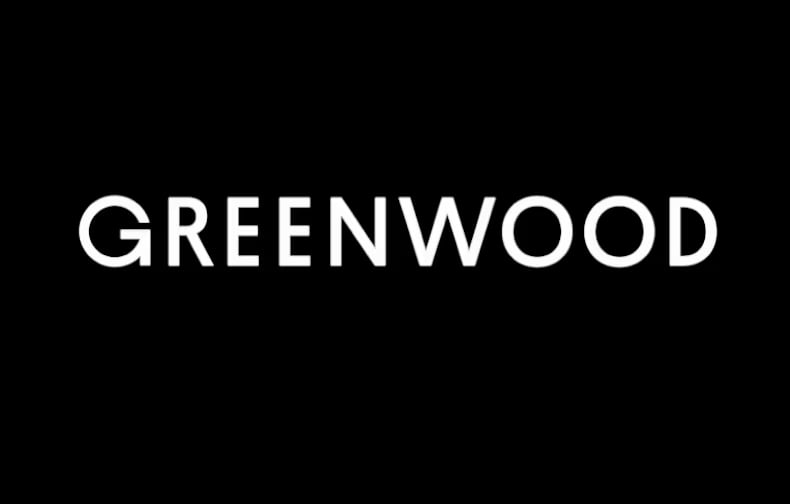Greenwood Review: Spending and Savings
Many or all of the products on this page are from partners who compensate us when you click to or take an action on their website, but this does not influence our evaluations or ratings. Our opinions are our own.

Overall institution rating
4.0
Greenwood is an online-only nonbank financial technology firm. It partners with Coastal Community Bank to provide its services and Federal Deposit Insurance Corp. insurance of up to $250,000 per depositor, which means your money is protected in case Greenwood's partner bank fails. (Learn more about how neobanks work.)
Greenwood is a Black-owned financial firm that supports the Black and Latino communities by fighting food insecurity, giving money to Black- and Latino-owned businesses and donating to community organizations.
Best for: Those who want to keep their money at an online-only financial institution, earn interest on savings and support minority communities.
- No monthly fees.
- Competitive rate on savings account.
- Large, free, nationwide ATM network.
- Early direct deposit.
- No overdraft protection program.
- No branch access.
- Fees for cash deposits.
Methodology
NerdWallet’s overall ratings for banks and credit unions are weighted averages of several categories: checking, savings, certificates of deposit or credit union share certificates, banking experience and overdraft fees. Factors we consider, depending on the category, include rates and fees, ATM and branch access, account features and limits, user-facing technology, customer service and innovation. The stars represent ratings from poor (one star) to excellent (five stars). Ratings are rounded to the nearest half-star.